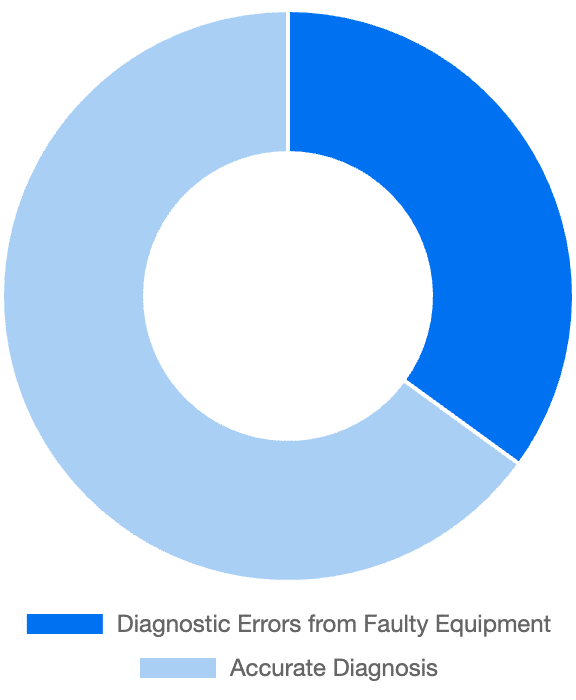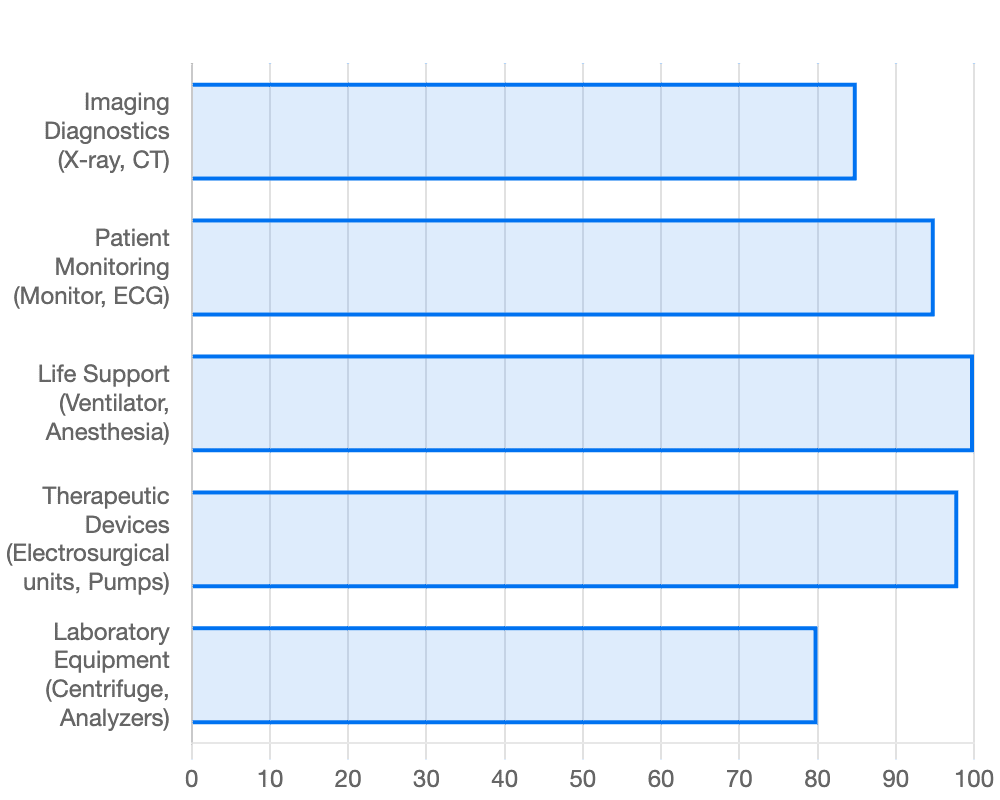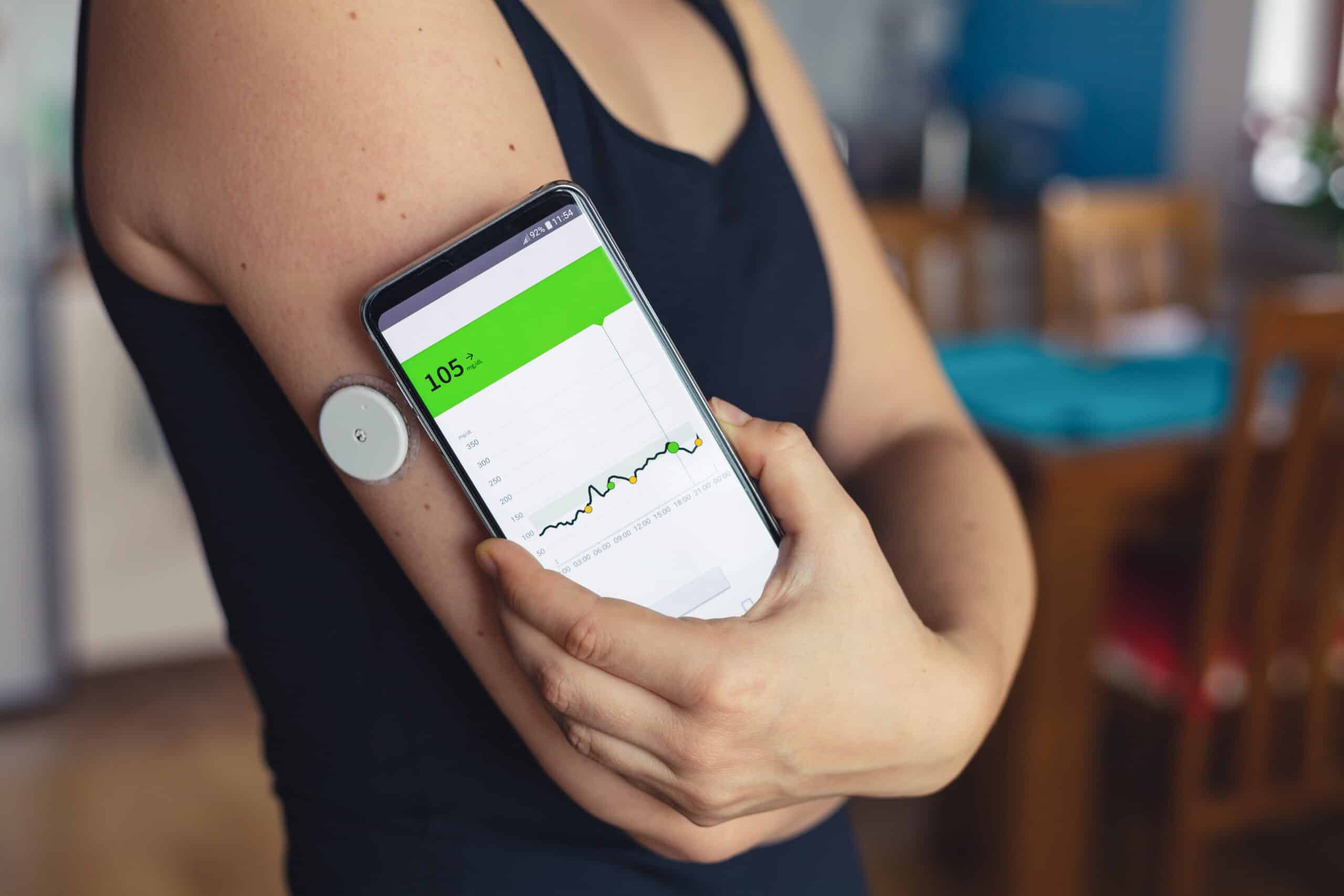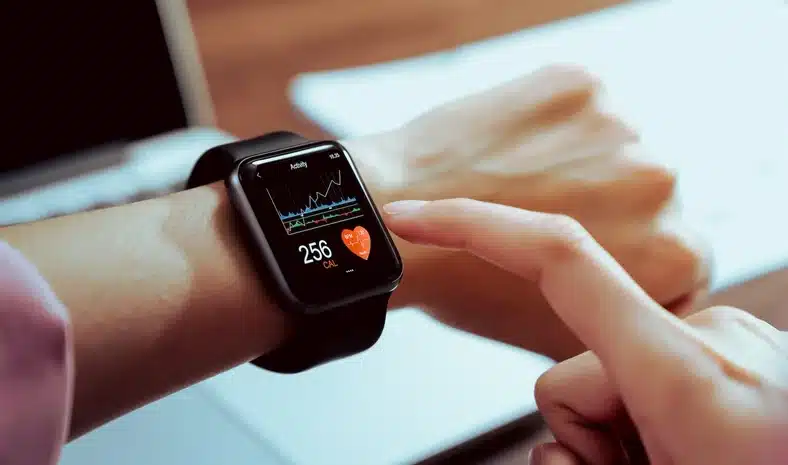The Crucial Role of Sensor Calibration in Medical and Wearable Devices
The rise of digital health has changed how we monitor our health. Now, we have an abundance of health data on our wrists. This includes our heart rate, blood oxygen levels, and sleep patterns. This data promises a new era of proactive healthcare. However, this data is only valuable if it is accurate. Sensor calibration is a key part of the process. It is a critical, multi-layered step. For medical devices, this is a matter of life and death. Sensor calibration ensures data integrity and patient safety.
Why Accuracy is a Matter of Life and Death
A small error in a smartwatch’s step count might be a minor issue. But in a medical device, any inaccuracy can cause serious harm. The consequences can even be fatal.
- Patient Safety: Patient safety is the most important factor. Patients use the data from biometric sensors to make critical medical decisions. These decisions include adjusting medication. For example, a wrong glucose reading can lead to a dangerous insulin dosage.
- Clinical Trust: Doctors and patients must have complete confidence in the data. If they don’t, doctors cannot use the data to create effective treatment plans. Sensor calibration builds this trust.
- Regulatory Compliance: Regulatory bodies like the U.S. Food and Drug Administration (FDA) have strict rules. These agencies require rigorous testing. They also mandate quality management systems. Calibration is a core part of this compliance. Every sensor must be tested against a traceable standard.
Why is Calibration Vital?
In medicine, every number can impact a life. Calibration is the process of comparing a device’s measurements against a known standard to ensure accuracy. Skipping this step can lead to misdiagnosis, ineffective treatment, and other serious consequences. It is not merely a technical requirement but an ethical responsibility.
Potential Error Rate

This chart shows the significant proportion of diagnostic errors that can be traced back to improperly calibrated equipment, highlighting the importance of routine maintenance.
Which Devices Need Regular Check-ups?
A wide range of medical devices, from simple to complex, rely on precise sensors to function effectively. Regular calibration is mandatory to ensure they provide reliable data for diagnosis and treatment.
Calibration Frequency & Importance by Device Type

This bar chart compares the importance and recommended calibration frequency for different groups of medical devices. Life support and therapeutic devices require the highest level of attention.
Unique Challenges in Biometric Sensor Calibration
Unlike industrial sensors, wearable device sensors face unique challenges. They operate in a complex, ever-changing environment. This makes calibration a complex, ongoing process.
- The Dynamic Human Environment: The human body is not a machine. Many factors affect sensor readings. These include sweat, skin tone, body movement, and temperature. A simple accelerometer must filter out “noise” from a swinging arm. A heart rate sensor must account for changes in blood flow during exercise.
- Miniaturization and Power: Medical sensors must be very small. They must fit into rings or smartwatches. This size creates a challenge. Manufacturers must balance a sensor’s accuracy with its power use. A highly accurate sensor is useless if it drains the battery quickly.
- Personalized Physiology: Every person’s body is unique. A “one-size-fits-all” calibration is not enough. A sensor’s signal is affected by a user’s skin thickness or blood pressure. This means a truly accurate sensor must be personalized.
Modern Solutions: AI-Powered Calibration
AI and machine learning are changing the game. They are transforming sensor calibration from a static procedure into a dynamic, smart process.
- Automated and Continuous Recalibration: AI algorithms continuously analyze data from a sensor. They do this in real time. The AI compares current readings to a person’s historical data. It also uses a large library of population data. This helps the AI detect and correct minor errors. For example, AI can recognize motion “noise.” It can then filter it out. This provides a cleaner reading.
- Personalized Machine Learning Models: Modern devices use AI to create a unique calibration model for each user. The AI learns a person’s baseline. It learns their resting heart rate and normal blood oxygen levels. It can then dynamically calibrate the sensor to that person’s body. This provides a level of accuracy that was impossible before.
- Predictive Calibration Alerts: AI can analyze sensor performance over time. It can predict when a device will likely need service. This helps users. They can get a physical recalibration or send the device for repair. This prevents a potential failure before it happens.
Key Applications and Industry Standards
- Continuous Glucose Monitors (CGM): CGMs use a small sensor under the skin. It measures glucose levels. The data is sent to a smartphone. AI-powered software analyzes and interprets the data. This system is subject to strict calibration rules and FDA standards. The data must be reliable. It helps patients manage their diabetes safely.

- Smartwatches and Wearables: Many consumer wearables are for wellness. But some smartwatches now get FDA clearance for medical functions. They can detect irregular heart rhythms. This requires a much higher level of calibration. It also requires greater data integrity.

- Implantable Devices: Implantable devices use sensors. These include pacemakers. The sensors must be perfectly calibrated to work correctly. The calibration process for these devices is very complex. It requires the highest level of precision.
Applications in Real-World Healthcare
Calibrated sensors are central to diagnosis, monitoring, treatment and surgery.
Diagnosis
Monitoring
Treatment
Surgery
Conclusion
A sensor is no longer just a simple tool. It is a critical part of a medical ecosystem. A multi-layered calibration process makes its data valuable. This process combines hardware precision with intelligent software. It uses the power of AI for continuous, personalized sensor calibration. The healthcare industry is moving towards a future of trusted data. This data is not just abundant. It is actionable and safe. It helps people take control of their health with great confidence. This marks a new era of truly personalized medicine.



